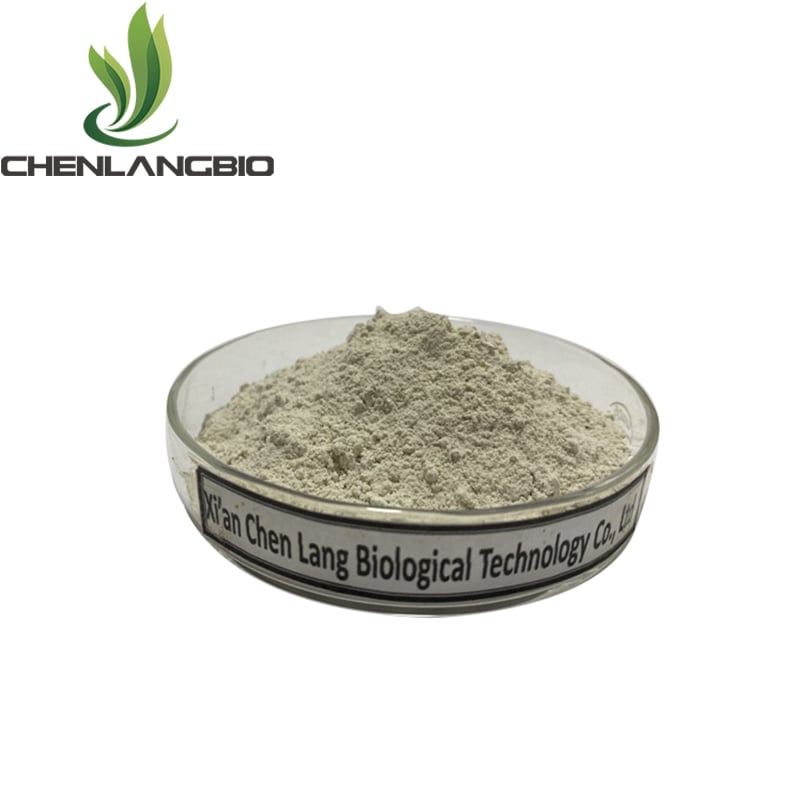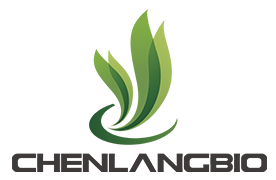
Residual Spinosad Treatment for Termite Elimination
XI AN CHEN LANG BIO TECH CO., LTD has been producing plant extracts, functional cosmetic raw materials, and nutritional supplements for more than 15 years. High-quality products, safe and stable supply have enabled us to become a global raw material supplier.
ODM
Global Raw Material Supply
Customized Product Development and Testing
Residual Spinosad Treatment for Termite Elimination
Understanding the Threat of Termites
Termites are notorious pests that can cause significant damage to homes and structures if left untreated. These social insects feed on wood and other cellulose materials, leading to weakened structures and costly repairs. Traditional termite treatments have often relied on chemical pesticides, but the use of residual spinosad treatment has emerged as an effective and environmentally friendly alternative.
Introduction to Spinosad and Its Benefits
Spinosad is a natural insecticide derived from the fermentation of a soil bacterium called Saccharopolyspora spinosa. It has gained recognition in recent years for its effectiveness in eliminating various pests, including termites. Unlike conventional pesticides, spinosad is derived from natural sources, making it a preferred choice for those concerned about the potential harmful effects of synthetic chemicals.
Physical and Chemical Properties of Spinosad
| Name | Spinosad |
| Other Name | Spinosad A/Spinosad D |
| CAS | 131929-60-7 168316-95-8 |
| EINECS | 620-162-1 |
| Molecular Formula | C41H65NO10 |
| Molecular Weight | 731.96 |
| Density | 1.16±0.1 g/cm3(Predicted) |
| Boiling Point | 801.5±65.0 °C(Predicted) |
| Flash Point | 438.541°C |
| Water Soluble | Spinosyn A: 290 mg l-1 (pH 5);Spinosyn D: 29 mg l-1 (pH 5) |
| Package | 1Kg/Aluminum foil bag, 25Kg/Paper drum |
How Residual Spinosad Treatment Works
Residual spinosad treatment involves applying a liquid solution containing spinosad to the soil surrounding a structure or directly to infested areas. The unique mode of action of spinosad targets the nervous system of termites, leading to paralysis and eventual death. Moreover, residual spinosad treatment creates a protective barrier that remains active for an extended period, ensuring long-term termite control.
Environmentally Friendly Solution
One of the key advantages of residual spinosad treatment is its environmentally friendly nature. Spinosad is rapidly broken down by sunlight and microbial activity, minimizing its impact on non-target organisms and reducing the risk of environmental contamination. This makes it an ideal choice for both residential and commercial applications where minimizing ecological impact is a priority.
Long-lasting Protection and Cost-effectiveness
Residual spinosad treatment provides long-lasting protection against termites. The active ingredient remains effective in the soil for several months, acting as a deterrent for future infestations. This long-term efficacy reduces the need for frequent reapplications, resulting in cost savings for homeowners and businesses alike.
Considerations and Limitations
While residual spinosad treatment is highly effective in eliminating termites, it is important to note that its success depends on proper application and adherence to label instructions. Factors such as soil type, termite species, and environmental conditions can also influence treatment outcomes. Consulting with a professional pest control service is recommended to ensure optimal results.
Conclusion
Residual spinosad treatment offers a promising solution for termite elimination, providing an effective, environmentally friendly, and long-lasting approach to control these destructive pests. Its natural origin, low environmental impact, and cost-effectiveness make it an attractive choice for homeowners and businesses seeking a sustainable solution to termite infestations. By employing this innovative treatment, individuals can protect their properties and ensure a termite-free environment for years to come.



